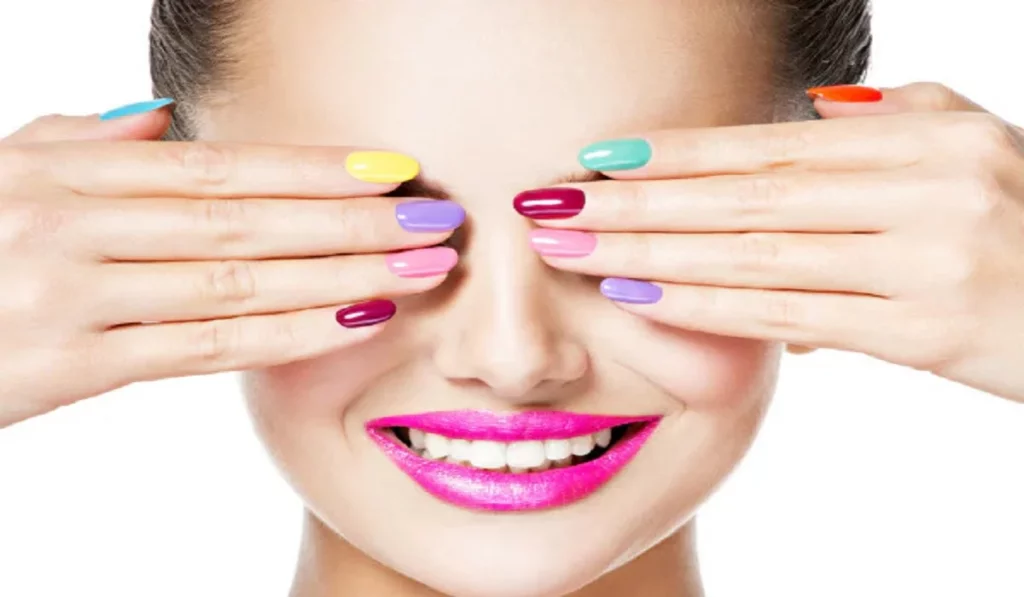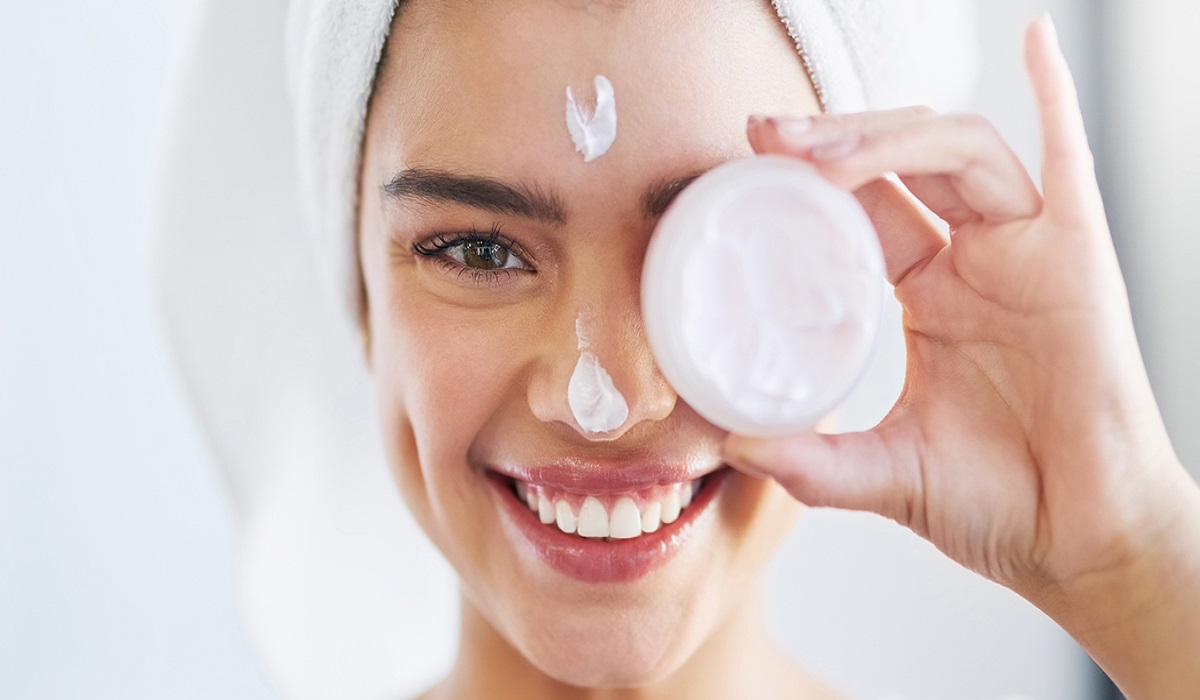The secret to eye-catching manicures extends far beyond the color of your polish. The foundation of stunning nails lies in the art of filing. This skill not only shapes the nails but also sets the stage for nail health and beauty. From the essential selection of the right tools to mastering advanced techniques for unique styles, this guide dives deep into the world of nail filing. Prepare to discover professional insights that will transform your nail care routine, ensuring your nails are not just styled but styled with flair and finesse.

The Basics of Nail Filing
Understanding the fundamentals of nail filing is akin to an artist selecting the perfect brush. The choice of nail file and the technique applied can significantly influence the health and appearance of your nails.
- Choosing the Right File: Learn about the various types of nail files, including glass, metal, and emery boards, and how the grit size affects the nail.
- Technique Essentials: Explore the correct ways to hold and move the file for efficient shaping without causing splits or damage.
- The Direction Dilemma: Unravel the debate between filing in one direction versus a see-saw action, and its impact on nail strength and health.
Shaping Your Nails with Precision
Each nail shape can dramatically alter the look of your hands and is an expression of personal style. This section will guide you through creating and maintaining popular and unique nail shapes.
- Different Nail Shapes and How to Achieve Them: A step-by-step approach to sculpting everything from a simple square to an elaborate stiletto.
- Tips for Maintaining Your Desired Shape: Practical advice on regular upkeep to ensure your chosen shape lasts longer.
The Secret to a Smooth Finish
A smooth nail surface is crucial for a flawless manicure. Discover how to achieve a mirror-like finish on your nails that enhances polish adherence and shine.
- Buffing Techniques: Techniques that promote natural shine and prepare the nail surface for polish.
- Products for a Flawless Finish: Recommendations for buffers and polishes that provide the perfect base for nail art or polish.
Creative Filing Techniques for Unique Styles
Stand out from the crowd by incorporating creative filing techniques into your nail care routine. This section will inspire you with ideas for personalizing your nail art.
- Edgy Shapes: Instructions for achieving unconventional nail shapes that capture attention.
- Textured Finishes: How to use filing techniques to create texture on the nail surface for an added dimension.
- Incorporating Nail Art: Tips for preparing your nails for intricate nail art designs through precise filing.

Maintaining Healthy Nails While Filing
Preserving the health of your nails during the filing process is paramount. Discover how to file correctly without compromising nail strength and integrity.
- Nail Care Pre and Post Filing: Best practices for nail care to prevent damage during and after filing.
- Strengthening Treatments: Recommendations for treatments and oils that fortify nails, making them resilient against splits and breaks.
The Role of Filing in Nail Extensions
Nail extensions require precise filing to blend seamlessly with natural nails and maintain a realistic appearance. Learn the secrets to perfecting this technique.
- Preparing for Extensions: How to prepare your natural nails for extensions to ensure a strong bond and natural look.
- Maintenance Tips: Strategies for keeping your extensions in pristine condition through effective filing.
Trending Nail Styles and How to File for Them
Stay ahead of nail fashion trends by mastering the filing techniques that form the basis of the latest styles.
- Current Trends: A look at the most popular nail styles of the season and how to achieve them through filing.
- Step-by-Step Guides: Detailed tutorials on creating trendy shapes and finishes with your nail file.
DIY Nail Filing Kits: What to Look For
Assembling a DIY nail filing kit is essential for any nail enthusiast. Learn what to include for a comprehensive set that meets all your nail styling needs.
- Essential Tools: A list of must-have items for your filing kit, from various files to buffers.
- Product Recommendations: Trusted products that professionals use, now available for your at-home kit.
Professional Filing Techniques Revealed
Gain insider knowledge from nail industry professionals. These advanced techniques can elevate your filing game and introduce you to new styles and finishes.
Filing your nails is a skill that blends art and science, requiring patience, precision, and the right tools. By adopting the techniques and secrets shared in this guide, you’ll not only achieve the desired shape and finish but also maintain the health and strength of your nails. Whether you’re preparing for a simple polish, an elaborate nail art project, or maintaining extensions, these insights will ensure your nails are always filed with flair.
- What is the best nail file to use for natural nails? For natural nails, it’s best to use a fine-grit file, typically ranging from 180 to 240 grit. These files are gentle enough to shape the nail without causing splits or damage. Crystal or glass nail files are also excellent choices, as they are durable, easy to clean, and seal the keratin layers together at the edge of the nail, preventing peeling and splitting.
- How often should I file my nails? The frequency of filing depends on your nail growth and the desired length and shape. Generally, filing your nails every two weeks is a good practice. However, if your nails grow quickly or you notice any chips or snags, it’s best to file them as needed to maintain their shape and prevent further breakage.
- Can filing nails promote nail health? Yes, regular and proper nail filing can promote nail health by preventing chips and splits that can lead to breakage. Filing helps maintain a uniform shape and length, reducing the chances of nails catching on fabrics or tearing. Remember to use a gentle technique and avoid excessive filing to prevent thinning of the nail plate.
- Is there a difference in filing techniques for different nail shapes? Absolutely! Each nail shape requires a specific filing technique to achieve its unique silhouette. For example, square nails require straight filing along the sides and tip, while almond-shaped nails involve filing the sides in a slightly curved manner to create a pointed tip. Understanding the technique for your desired shape is key to achieving the perfect look.
- What are some tips for filing nails to avoid damage? To avoid damaging your nails while filing, always file in one direction instead of a back-and-forth sawing motion, which can cause heat buildup and weaken the nail structure. Start from the outer edge and move towards the center. Also, use a file with the appropriate grit for your nail type and avoid overly aggressive filing.
- How do I maintain my nail shape between filings? Maintaining your nail shape between filings involves regular moisturizing, gentle handling of your nails, and wearing gloves during household chores to prevent accidental chipping or breaking. Also, applying a clear nail strengthener can provide extra protection and keep your nails looking well-maintained.
- What should I do if I file my nails too short? If you accidentally file your nails too short, the best course of action is to let them grow back while taking extra care of your nail beds and cuticles. Apply nourishing oils and creams to promote healthy growth. In the meantime, you can use nail hardeners to protect the nails and prevent breakage.
- Can filing help fix a broken nail? Filing can indeed help fix a minor break or tear by smoothing out the rough edges, preventing further damage. For a clean fix, gently file down the affected area, and if necessary, use a nail glue or silk wrap for reinforcement until the break grows out.
- How do I choose the right nail file for acrylic or gel nails? For acrylic or gel nails, use a coarser grit file, between 100 and 180 grit, to efficiently shape and maintain these stronger materials. Electric files or drills are also commonly used by professionals for shaping enhancements due to their efficiency and precision.
- Is it better to file nails before or after soaking? It’s better to file nails before soaking, as dry nails are less prone to tearing and splitting. Water exposure can soften the nails, making them more vulnerable to damage during filing. Always file your nails when they are dry to maintain their integrity.








